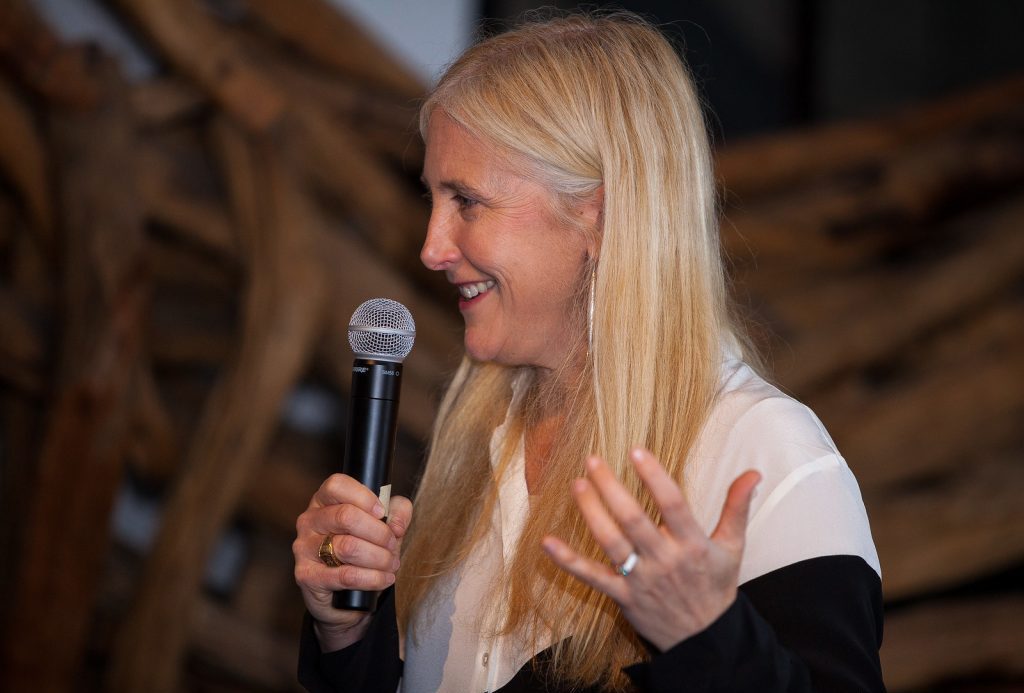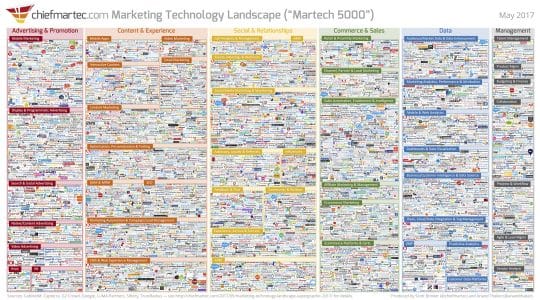
If you’ve glanced around at other drivers on the road lately, you might’ve found a scene as curious as I have: almost everyone is on their mobile phones. They’re sending a quick text while at a stoplight, or even flat out looking down at their phones while doing 55MPH on the freeway. It never failed to surprise (and slightly terrify) me, until I heard this stat from Forrester principal analyst Julie Ask at TUNE’s recent Ask the Analyst brunch: 75 million Americans have shifted.
Shifted exactly what, you might wonder, as I did?
Shifted to expect anything, anywhere, and anytime on their mobile devices. Shifted to expect things from their mobile phones quickly and instantaneously, so fast they can check that flight at a stoplight, or see their estimated time of arrival while flying down the freeway full speed.
This has implications for all of us as mobile users, but the most interesting implications are for us as marketers. If you weren’t able to attend TUNE’s event in San Francisco, I’ve recapped the parts you won’t want to miss out on below. (If you’ll be in New York City in the next few weeks, you can also join us there.)
30 billion opportunities a day to win or lose your customers
According to Ask, mobile users in the U.S. pick up their phones 150-200 times per day on average. That’s 30 billion opportunities per day — or as Forrester calls them, mobile moments — for brands to proactively interact with customers in a way that wins customer time, data, and loyalty.
The rub? Only 7% of companies today have the budget, scale, and ability to achieve this. The rest of us are competing with the 5 apps that corner 80% of a customer’s time — the Googles, Facebooks, Apples, and Amazons of the world. Furthermore, it’s a challenge in and of itself to get people to download apps; we’ve seen in our own research that customers these days are downloading just 2 – 3 apps per month.
So what’s a marketer to do? Think beyond the app.
To win, build an app+ strategy
An app-plus strategy is a marketing an app, but better. It values an app as a tool, not the entire toolbox. Here are just a few examples of app+ thinking:
- App+ omnichannel: When mapping your customer journey and pain points, consider the ways to proactively address your customer’s frustrations. For example, it’s common practice now for airlines to send push notifications, emails, or texts about flight delays. What are the things your customers consistently get hung up on, and how can you help before they even realize it? Figure it out, and you win the mobile moment.
- App+ web: Only your most frequent customers will download your app, so web is still king with most of your customers. How are you making your mobile web experience as seamless as your app?
- App+ services: Think fast: where do you do your banking? Um, your bank… right? These days, you can’t be so sure. Companies like Mint successfully borrow mobile moments from major banking companies by offering services like easier financial advising and money tracking. The bank may own your money, but because Mint offers a service of value, Mint now owns an equal sliver of your time, and even your data. If you can find a way to offer a service with your app, even if another company seemingly owns the customer, you just might win back a few mobile moments too.
- App+ conversational interfaces: Savvy mobile customers are accustomed to thinking like a computer to get what they need. To make a reservation, you may look up restaurants on Yelp, check out OpenTable to book a reservation, then locate directions on Google Maps. But when people interact with each other, they do it in a series of conversations, so why on earth would you ever make your customers think in such a computational formula? If you can reduce the number of steps customers have to take — say by allowing customers to ask for a recommendation, then book reservations and receive directions within the same conversation — you’ve just won several mobile moments (and maybe some appreciative leftovers if you’re lucky).
“Too many marketers are trying to do old things in new ways rather than do new things.”
That’s just a few ways to operate with an app+ strategy; to learn the others, make sure you join us for the next Ask the Analyst brunch in New York City on May 11.
And, whether or not you can attend, be a part of the conversation. Tell us in the comments below: Does this resonate? What ways are you (or will you start) thinking about app+ mobile marketing?



Author
Becky is the Senior Content Marketing Manager at TUNE. Before TUNE, she handled content strategy and marketing communications at several tech startups in the Bay Area. Becky received her bachelor's degree in English from Wake Forest University. After a decade in San Francisco and Seattle, she has returned home to Charleston, SC, where you can find her strolling through Hampton Park with her pup and enjoying the simple things in life.




[…] Why today’s mobile marketers must build an app+ strategy to be successful, Tune […]